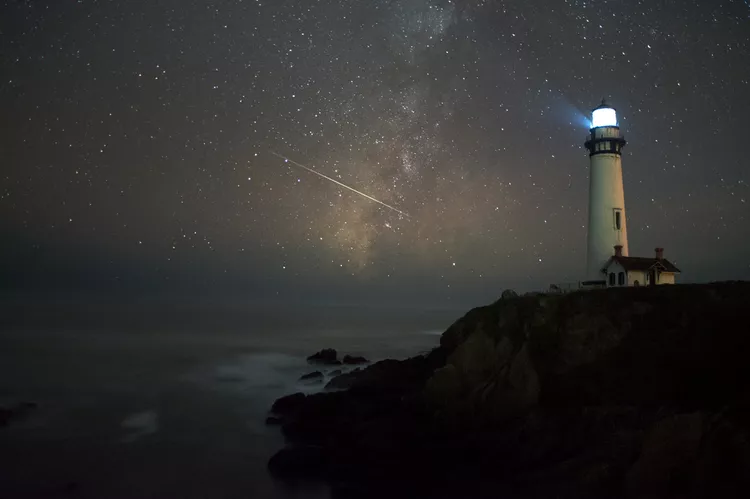1. Introduction
If the skies are clear tonight, step outside and take a look up at the stars—there’s a good chance you’ll see a meteor.
2. What Is the Orionid Meteor Shower?
Meteor showers occur when the Earth travels through the path of a celestial object, such as an asteroid or a comet. Debris from that object—such as bits of rock or dust—burns up in our atmosphere, resulting in shooting stars. In the case of the Orionid meteor shower, the parent object responsible for these meteors is Halley’s Comet, a renowned comet that was last visible from Earth in 1986, as reported by NASA. This famous comet is expected to return in 2061.
3. When Is the Orionid Meteor Shower?
The Orionids began on September 26 and will run through November 22, according to the American Meteor Society (AMS). The peak period occurs between the nights of October 20 and the early morning hours of October 22. Consequently, the best time to view this meteor shower is after midnight, so be sure to plan accordingly if you typically go to bed early.
4. How Can I See the Orionid Meteor Shower?
Meteor showers are very easy to view if you have dark skies. Therefore, check your local forecast for cloud coverage, and try to head out of town, as far from light pollution as possible. Once you find a dark spot, allow your eyes to adjust for about 20 minutes, and then look towards the sky. The shooting stars will seem to originate from the constellation Orion, from which the shower takes its name, but they will be visible throughout the entire sky. Expect to see approximately 20 to 30 meteors per hour, according to Space.com.
5. When Is the Next Meteor Shower?
If you’re facing cloudy skies in your area, don’t worry! The next meteor shower, the Southern Taurids, is expected to peak on the night of November 5. Following that, the Northern Taurids should peak on the night of November 11, as per the AMS. Viewing conditions may be better for the Northern Taurids, as the moon will be just 2% full, compared to 44% full for the Southern Taurids.




